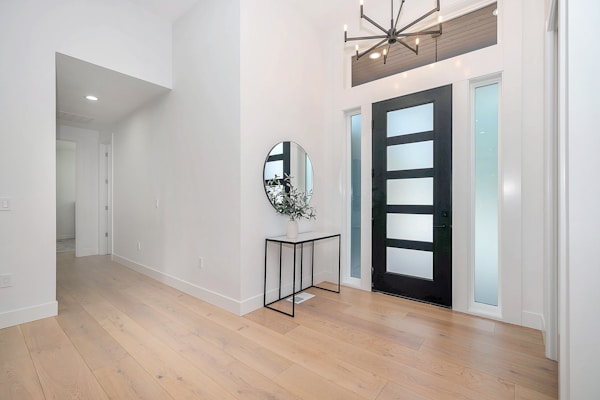A spinal cord injury can be devastating, leaving you immobilized and requiring intensive rehab for facilities such as Brooks Rehabilitation. Depending on the level and severity of your injury, you may be unable to walk, talk, or even breathe on your own. But, there is hope. Through extensive physical and occupational therapy, you could make a full recovery. And, in the meantime, you can renovate your home for accessibility to make the transition easier. Keep reading to learn how to do just that.
Widen the doorways in your home.

When you have a spinal cord injury, one of the things you have to think about is accessibility. This means making your home as accessible as possible to you so that you can live as independently as possible. One of the things you may need to do is widen the doorways in your home with the help of a door installation professional. This is because after a spinal cord injury, you may have difficulty moving around your home, and having wider doorways will make it easier for you to get around.
Install grab bars.
Installing grab bars is a great way to increase accessibility in your home after a spinal injury. A grab bar can provide assistance when getting out of bed, sitting down on the toilet, or taking a bath. There are many different types of grab bars available on the market, so it is important to select the right one for your needs. When selecting a grab bar, you should consider the following factors:
- The weight capacity of the bar
- The width of the bar
- The location of the bar
- The type of mounting hardware
Install ramps.

There are many reasons why you may want to install wheelchair ramps in your home for accessibility after a spinal injury. Perhaps you are no longer able to climb stairs, or you find it difficult to walk long distances. In either case, ramps can provide an easy and convenient way for you to get around your home. Ramps are also perfect for transporting wheelchairs and other mobility devices. If you use a wheelchair, ramps can help you get in and out of your home with ease. And if you have a loved one who uses a wheelchair, ramps can make it much easier for them to get around your home.
Rearrange your furniture.
If you have sustained a spinal cord injury, you may find that you are no longer able to move around your home the way you used to. This may be due to paralysis or muscle weakness. Often, the best way to make your home more accessible is to rearrange the furniture. Here are some tips for rearranging your furniture for accessibility:
First, make sure that all of your furniture is within reach. This includes furniture near your bed, your chair, your kitchen counter, and your toilet. Second, if you need to, move your furniture closer to the walls. This will create more space for you to move around. Third, consider using a different layout for your furniture. This may include using a circular layout instead of a linear layout or using furniture that is lower to the ground. Further, if you have a lot of furniture, consider selling some of your furniture. This will create more space for you to move around. Finally, use adaptive furniture whenever possible. Adaptive furniture includes furniture that is designed to be more accessible for people with disabilities. For example, you may want to use a wheelchair-accessible bed.
Overall, renovating your home to make it more accessible after a spinal injury is a critical step to enhance the quality of life of the individual and to make them feel more independent. By making minor modifications, such as widening doorways, installing grab bars and ramps, and rearranging furniture, the home can be made safer and more comfortable for the individual. These modifications can help make the home environment more suitable for the individual’s daily activities and reduce the risk of injuries so that you can focus on what really matters: recovery.

